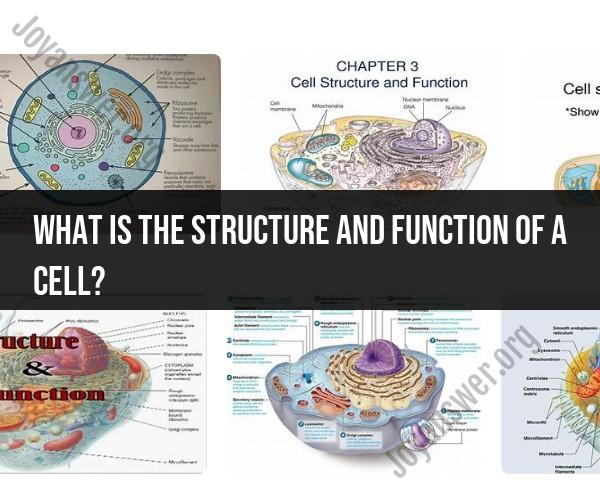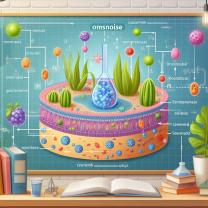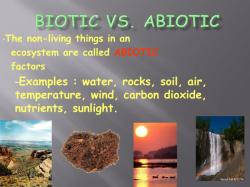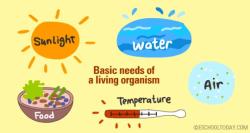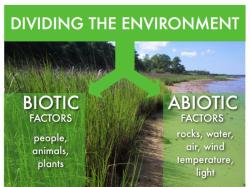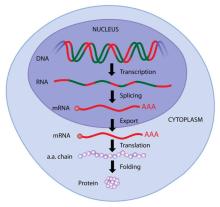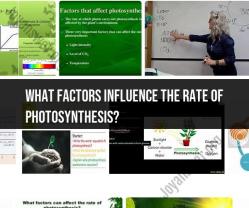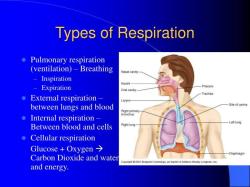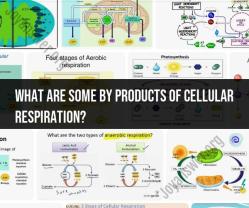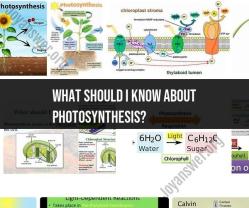What is the structure and function of a cell?
Cells are the basic structural and functional units of all living organisms. They are highly diverse in structure and function, but they all share some common characteristics. Here's an overview of the structure and function of a typical eukaryotic cell, which is found in multicellular organisms like animals, plants, and fungi:
1. Cell Membrane (Plasma Membrane):
- Structure: The cell membrane is a phospholipid bilayer with embedded proteins and other molecules. It surrounds and separates the cell from its external environment.
- Function: It regulates the passage of substances in and out of the cell, maintaining internal homeostasis. It also provides structural support and allows for cell communication.
2. Nucleus:
- Structure: The nucleus is enclosed by a double membrane (nuclear envelope) and contains genetic material in the form of chromosomes.
- Function: It houses the cell's genetic information (DNA) and controls cellular activities such as growth, metabolism, and reproduction.
3. Cytoplasm:
- Structure: The cytoplasm is a gel-like substance that fills the cell's interior.
- Function: It provides a medium for chemical reactions and houses various organelles and cellular structures.
4. Endoplasmic Reticulum (ER):
- Structure: The ER is a network of membranes and can be rough (with ribosomes) or smooth (without ribosomes).
- Function: The rough ER is involved in protein synthesis and processing, while the smooth ER is involved in lipid synthesis and detoxification.
5. Golgi Apparatus (Golgi Complex):
- Structure: The Golgi apparatus consists of stacked membranes.
- Function: It modifies, sorts, and packages proteins and lipids for transport within or outside the cell.
6. Mitochondria:
- Structure: Mitochondria are double-membraned organelles with an inner membrane folded into cristae.
- Function: They are the powerhouses of the cell, producing adenosine triphosphate (ATP) through cellular respiration, which provides energy for various cellular processes.
7. Ribosomes:
- Structure: Ribosomes are small, non-membranous organelles or complexes of ribosomal RNA (rRNA) and protein.
- Function: They are the sites of protein synthesis, where amino acids are assembled into polypeptide chains.
8. Lysosomes:
- Structure: Lysosomes are membrane-bound organelles containing digestive enzymes.
- Function: They break down cellular waste, foreign particles, and cellular debris through a process called autophagy.
9. Vacuoles (in plant cells):
- Structure: Vacuoles are membrane-bound sacs.
- Function: They store water, nutrients, and waste products in plant cells and provide turgor pressure for maintaining cell shape.
10. Cytoskeleton:- Structure: The cytoskeleton is a network of protein filaments, including microtubules, microfilaments, and intermediate filaments.- Function: It provides structural support, maintains cell shape, and is involved in cell movement, division, and intracellular transport.
This is a basic overview of the structure and function of eukaryotic cells. It's important to note that prokaryotic cells, such as those found in bacteria and archaea, have a simpler structure without a true nucleus or membrane-bound organelles. Cells are incredibly diverse, and specialized cells perform specific functions within multicellular organisms, contributing to the overall functioning of tissues, organs, and systems.
